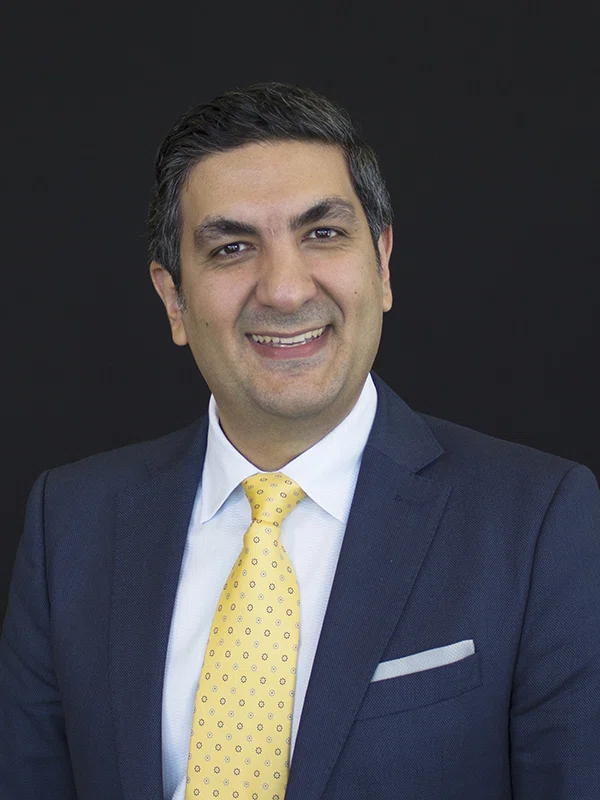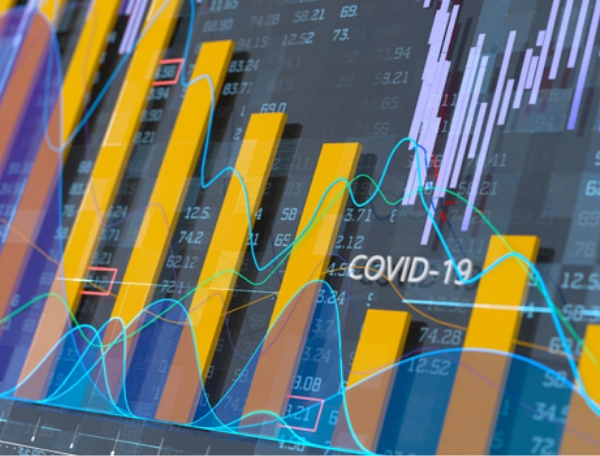


Outcomes Research
Setting the Benchmark for Research on Provider Stress

Wearable technologies provide key to better supporting health care providers under stress
New wearable technology developed by Faisal N. Masud, MD, and Farzan Sasangohar, PhD, provides quantitative measurements of stress and anxiety levels in ICU workers.
During the initial COVID-19 surge in Houston, a team of researchers led by Faisal N. Masud, MD, Mary A. and M. Samuel Daffin, Sr. Centennial Chair in Anesthesia and Critical Care and Farzan Sasangohar, PhD, assistant professor of outcomes research published a paper in Anesthesia & Analgesia discussing factors that contribute to provider fatigue and burnout in intensive care units during the pandemic. The article, which remained in Altmetric’s top 99th percentile of publications for months, was one of the first to propose specific policy recommendations for organizational readiness, resilience and disaster mitigation—many of which were already in place at Houston Methodist.
Most studies investigating burnout, including the aforementioned, rely on self-reporting measures that are inherently prone to bias. To better maintain objectivity, Sasangohar, Masud and their teams employed wearable technology to provide quantitative measurements of stress and anxiety levels in ICU workers. Participating ICU staff were observed while wearing eye tracking glasses with a built-in camera that recorded exactly what the wearer was seeing and hearing in real time. The information collected from this device was paired with heart rate data and self-reported observations to provide a more complete picture of stress triggers and reactions.
Nothing like this has ever been done before in an ICU setting. The use of wearable technology combined with artificial intelligence could set the benchmark for future research on stress and burnout.
Farzan Sasangohar, PhD
Assistant Professor of Outcomes Research
Houston Methodist

While data analyses are still ongoing, the research team is using the preliminary results to explore potential mitigation strategies, including measures to limit or eliminate environmental, task-related and technological sources of stress that contribute to burnout among ICU personnel. The next phase of this study is to utilize wearable technology to compare burnout among health care providers in COVID-19 ICUs with non-COVID-19 ICUs.
Masud, who is also the medical director of critical care at Houston Methodist Hospital, has been passionate about finding transformational solutions to support the mental well-being of intensive care personnel.

The wearable technology study could provide the evidence-based solutions we need to fill the knowledge gap in health care provider stress and burnout. COVID-19 and its far-reaching psychological implications have brought a greater sense of urgency to our work.
Faisal N. Masud, MD
Mary A. and M. Samuel Daffin, Sr. Centennial Chair in Anesthesia and Critical Care
Professor of Clinical Anesthesiology and Critical Care

ICU staff wore eye tracking glasses with a built-in camera that recorded exactly what the wearer was seeing and hearing in real time. A watch also was developed, and employs the same technology.

By Maitreyi Muralidhar, April 2021







